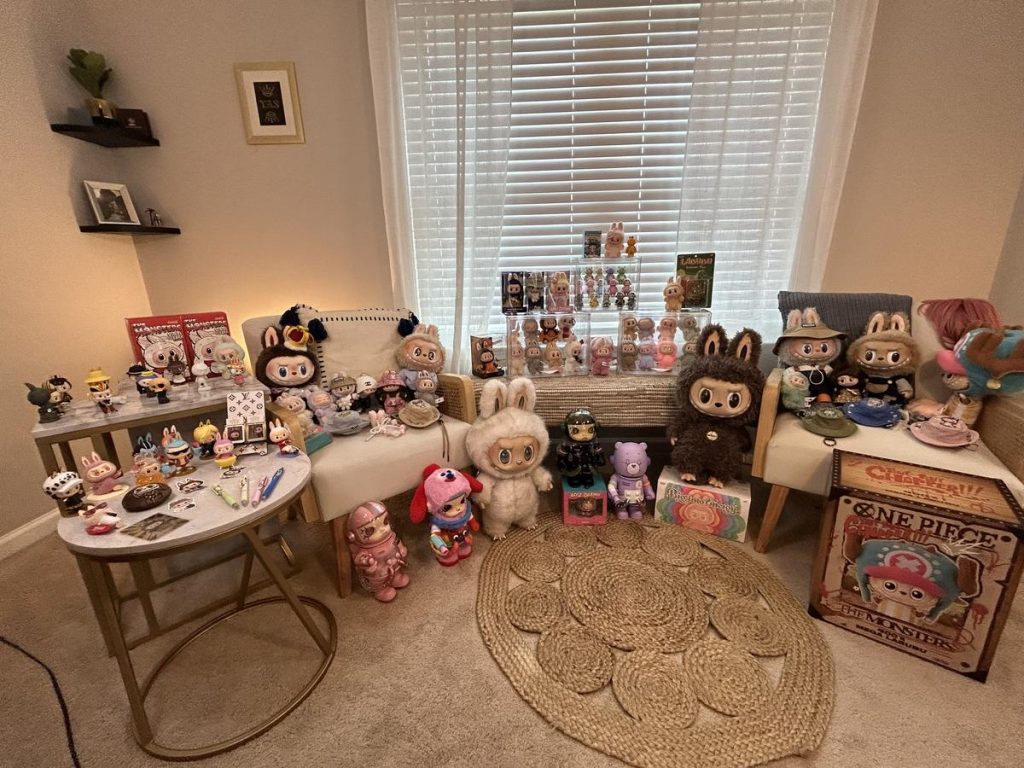The toy industry is undergoing a cultural shake-up as Pop Mart’s Labubu dolls emerge as a global phenomenon, challenging Barbie’s long-standing dominance.
For decades, Barbie has been more than just a doll, she has been a symbol of childhood, fashion and even aspiration, cementing her place as one of the most recognizable toys in the world. Generations of children grew up with Barbie and the brand managed to reinvent itself over time through movies, merchandise and cultural reinventions. But the rise of Labubu suggests that the ways children and young adults engage with toys today are rapidly changing.
READ MORE: Emily in Paris Season 5: Will She Stick to Paris or Find Love in Venice?
The doll’s popularity has also been fueled by celebrity culture. From K-pop idols like Lisa of Blackpink to international stars like Rihanna and David Beckham, Labubu has been embraced as both a collectable toy and a fashion accessory. Plush key chain versions of Labubu have become status symbols, often seen hanging from designer bags and showcased on social media. For Gen Z, collecting Labubu is less about nostalgia and more about identity, community and being part of a viral trend.

Barbie, on the other hand, remains iconic, rooted in decades of history and cultural significance. While Barbie has continued to evolve—through diversity in doll design, feature films, and collaborations—her image is tied closely to tradition and childhood play. Labubu’s rise highlights a generational shift where novelty, social media buzz, and the thrill of surprise often matter more than heritage. The big question is whether Barbie can maintain her evergreen place in the hearts of children, while Labubu continues to dominate the attention of Gen Z collectors and trendsetters.









